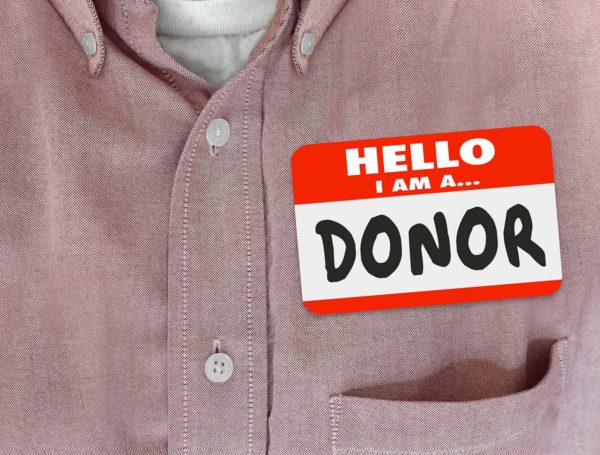It’s been a challenge for many organizations to secure Major Donor gifts this holiday season. And while it’s not over just yet, I want to begin to look forward and suggest how you can manage your Major Donors when the new year arrives.
To unpack this further, let’s put our Majors into two simple buckets – those who gave a gift in November or December, and those who didn’t.
Majors Who Gave a Gift
Those that gave a gift in November or December should be treated differently than major donors who held onto their gift.
First and foremost, we want to genuinely thank Majors who made a gift.
Regardless of the amount, The Better Fundraising Company has often talked about the benefit of following a busy holiday and year-end with a month of gratitude. We call it Thankuary.
Thanking your donors, Majors especially, is a great way to help secure future gifts. So, now is the perfect time to start preparing thank-you notes, cards, emails, and letters to ensure that your most generous donors feel your love and gratitude.
If you’d like to see how to apply Thankuary at your organization, you can download a free cheat sheet, here.
Majors Who Didn’t Give a Gift
There are a variety of reasons why your Majors may not be making a gift in November or December. Yet whether it’s uncertainty around the economy or the effects of the pandemic, there are a few things you can do in January to help secure a major gift.
Firstly, be ready to present your Majors with a good offer. It might be an urgent cold-weather need, an opportunity to provide a match, or even a vision for 2021 they can fund or support. But whatever the offer is, make sure it’s relevant to the donor and the season.
Secondly, start to secure your meetings or Zoom calls now. Get appointments on the calendar for January. And when you have those appointments, be bold in your asking, and give your Majors a problem that only they can solve.
To land the plane, if your Majors made a gift in November or December, make sure to thank them well. But if you’re still waiting for that gift, don’t despair. Instead, prepare your offer, be patient, and get ready to deliver it early in the new year.





